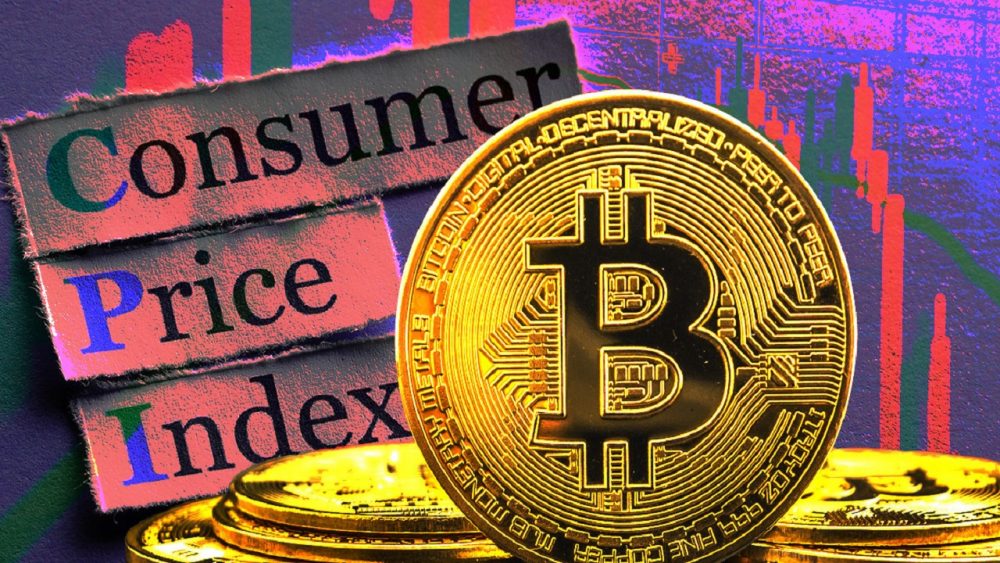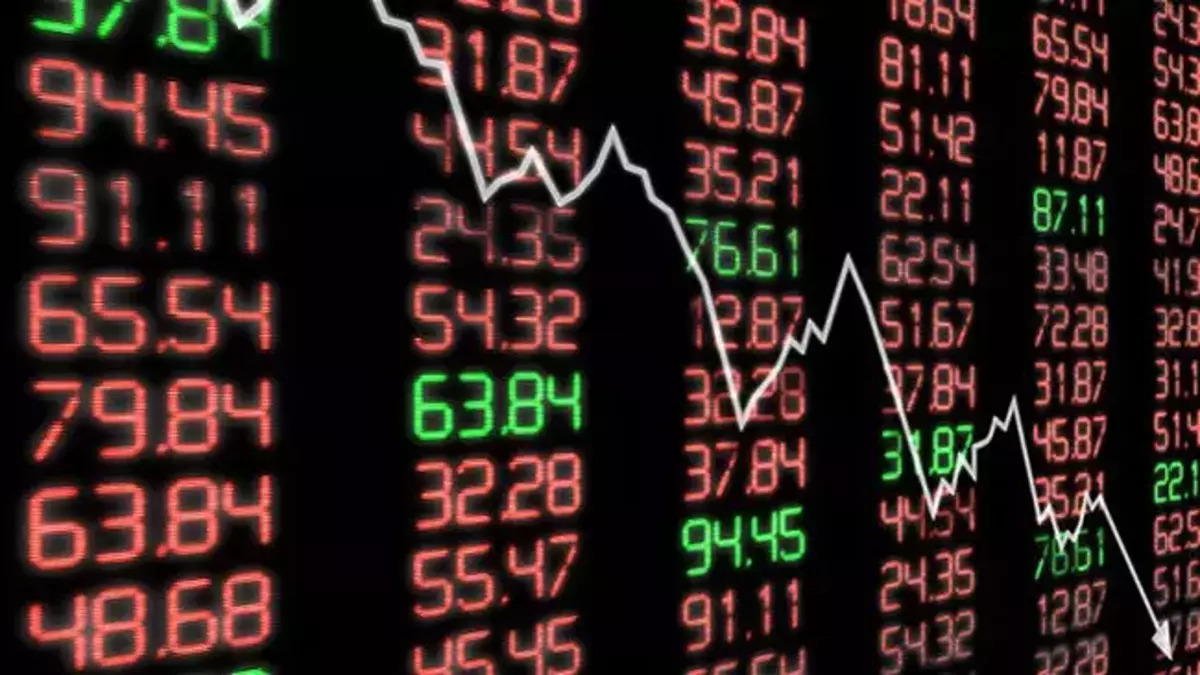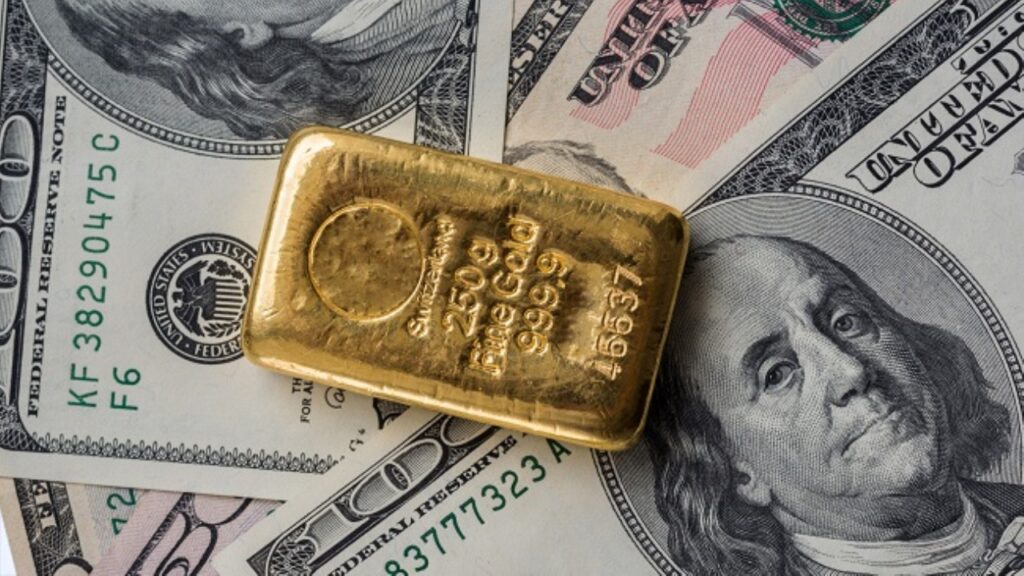US inflation, which is at the focal point of the markets, was announced yesterday. The US Consumer Price Index (CPI) data revealed that inflation fell by 10 basis points in September. Thus, inflation cooled for three consecutive months. So what awaits Bitcoin and altcoins?
US inflation fell, but…
cryptocoin.com As you can follow, US inflation continues to fall. But it still runs hotter than the Federal Reserve would like. The Bureau of Labor Statistics released its latest CPI report on Thursday. The report showed that inflation fell 10 basis points in September. The price of goods increased by 8.2% year-on-year last month. However, it remained above economists’ expectations of 8.1%. On a monthly basis, CPI increased by 0.4%. Although it sounded higher than expected, today’s data is the third consecutive monthly decline in US inflation after a 40-year record of 9.1% in June 2022.
The last few CPI data show that inflation may have peaked. However, the markets reacted negatively to today’s data. Major US stock indexes like the Dow Jones and Nasdaq 100 fell in premarket trading. The crypto market has also seen a sharp decline. Bitcoin has lost more than 4%. Leading altcoin Ethereum fell more than 6%.
Despite hopes that inflation will quickly pull back to the Fed’s 2% target, the 8.2% data shows it’s ‘sticky’. So it means it will stay high for longer than expected. High inflation and slow economic growth are bad news for risky assets like crypto and the broader financial markets.
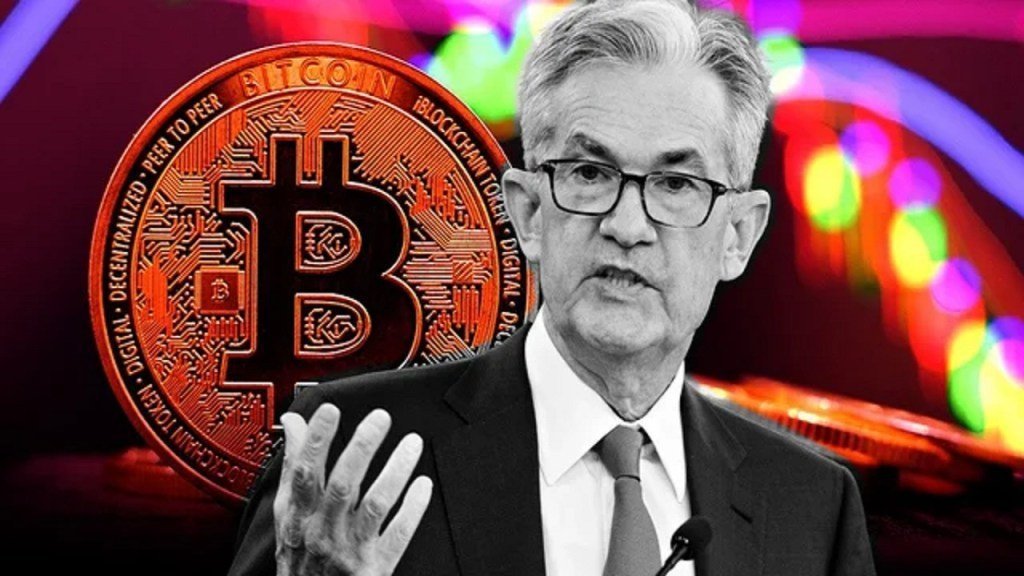
Investors and traders watch the Fed
The numbers have a significant bearing on the Federal Reserve’s moves. Therefore, traders are watching inflation closely this year. As US inflation rose, the Fed responded with an aggressive policy of economic tightening. Thus, it raised interest rates to levels not seen since the Global Financial Crisis in 2008, such as 3.25%.
Interest rate increases tend to have an impact on risk assets due to increased borrowing costs. Therefore, it is very important for traders and investors. The Fed’s hawkish stance is arguably the biggest factor behind the $2 trillion jolt of the crypto market since November 2021.
The Fed is the world’s strongest power in global markets. The recent economic crisis has led Fed Chairman Jerome Powell and his team to take a brutal stance that has battered stocks and crypto markets. At the same time, it strengthened the dollar against other global currencies. This, in turn, had several knock-on effects that held risky assets back. The Fed has repeatedly stated that it hopes to reduce inflation to 2%. Current projections are that the funds rate will reach 4.6% in 2023, with more rate hikes on the horizon.
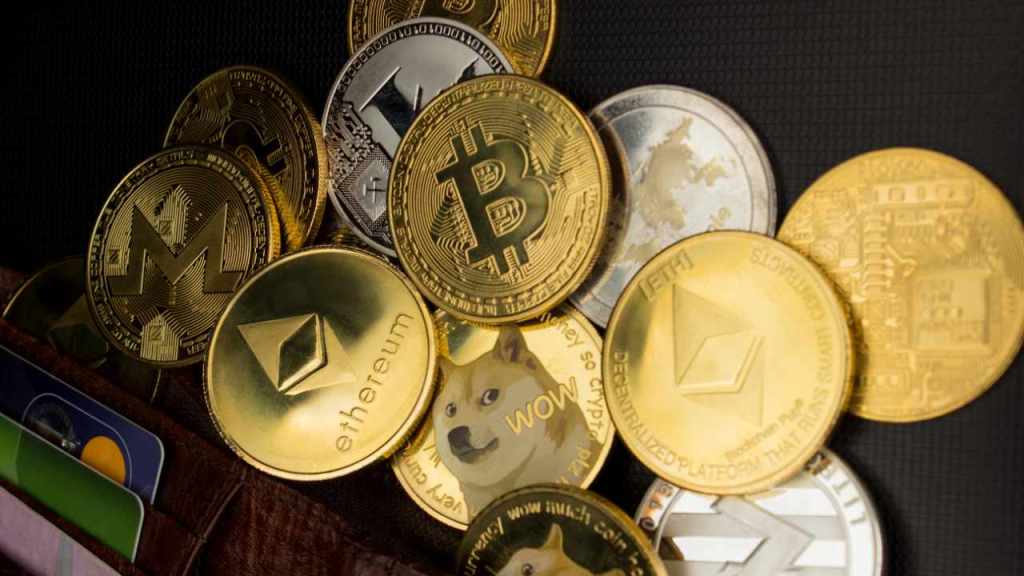
What’s next for bitcoin and altcoins?
With inflation falling at a snail’s pace, it will take some time for crypto to show renewed signs of life. Stopping interest rate hikes will reduce the pressure on risky assets. That’s why many traders suggest that a Fed pivot will serve as an important turning point for the market. Billionaire hedge fund manager Paul Tudor Jones said the Fed’s dove gone wrong will likely lead to a massive rally in risk assets, including crypto.
Meanwhile, the US economy contracted for two consecutive quarters in the first half of the year. However, the National Bureau of Economic Research has yet to declare a recession. Also, no signs have emerged that the Fed is ready to show mercy to the markets yet. Powell said that during this year, when asked about the state of the economy, the unemployment rate in the country was relatively low. Jones and others warn that the Fed will expect to see higher unemployment rates before spurring economic growth. He notes that a pivot will be somewhat closed until the economy officially enters a recession.
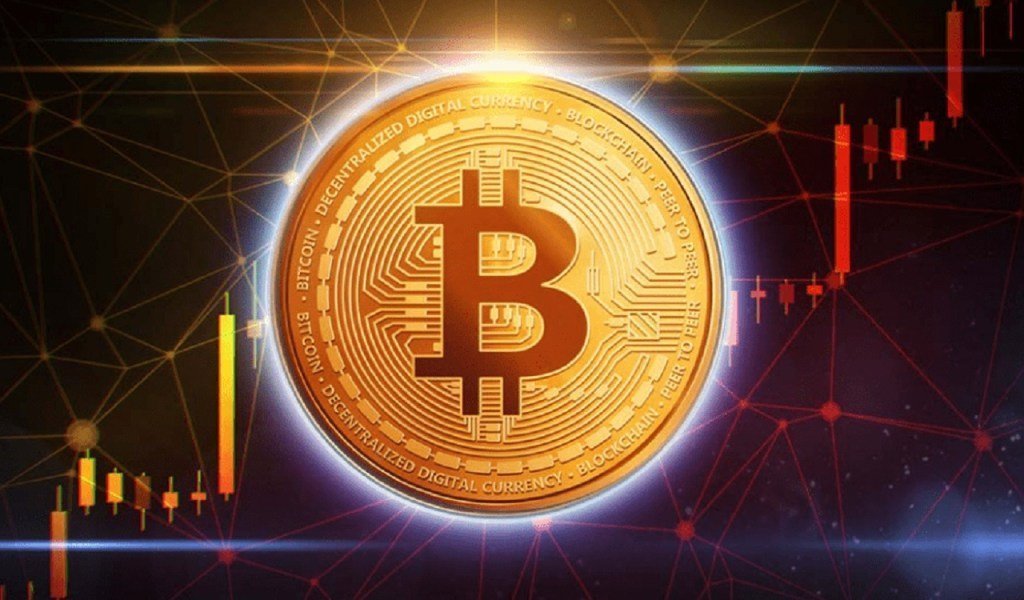
Bitcoin has historically been touted as a ‘digital gold’ to act as a hedge against inflation. Crypto advocates have long hoped that BTC will trade independently of equities and central bank moves. However, Bitcoin is still reacting to inflation and the Fed. Therefore, the macro landscape will likely need to improve for crypto to post a significant rise.
Bitcoin hit over $69,000 while the cryptocurrency market surpassed $3 trillion in November 2021. Now, it is trading at $19,000, far from its peak. Therefore, it is likely that a new record is still far away. As long as inflation is still hot, crypto loyalists need to wait until the “up only” mode resumes.

